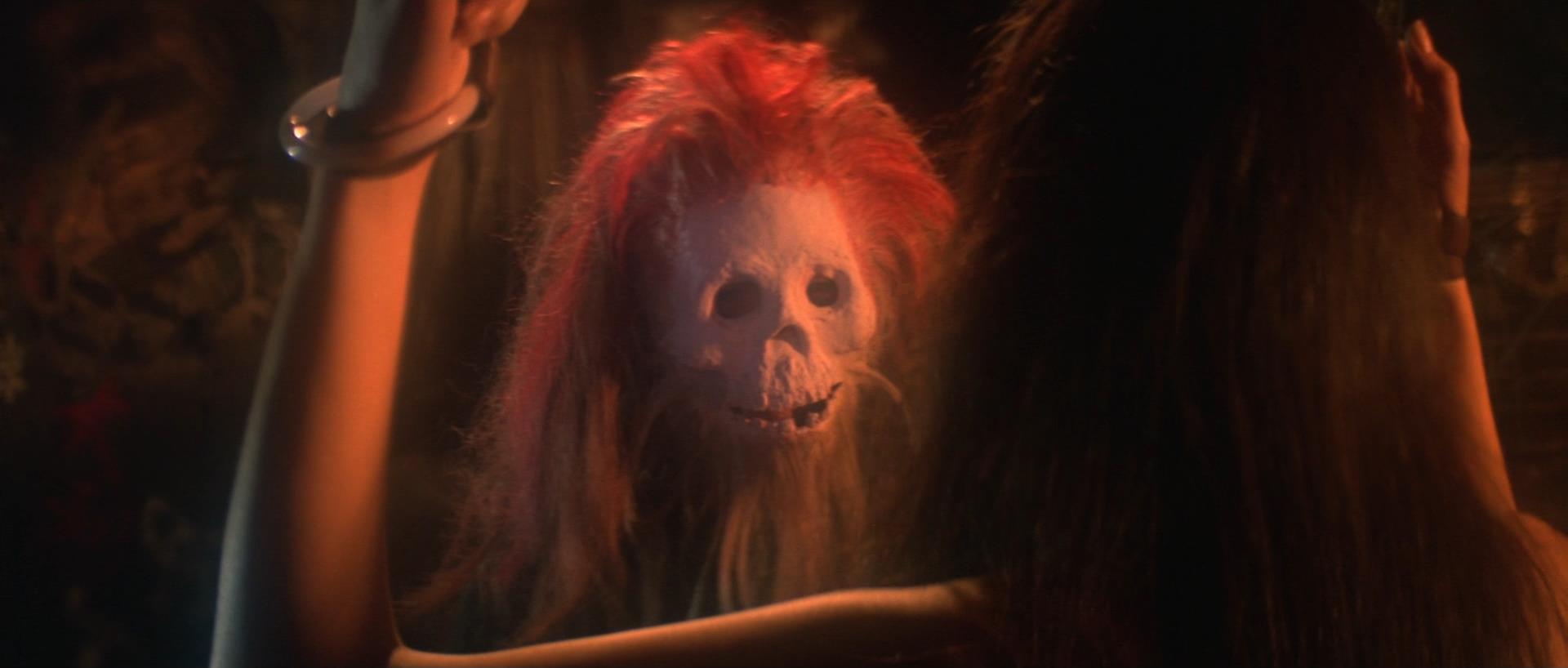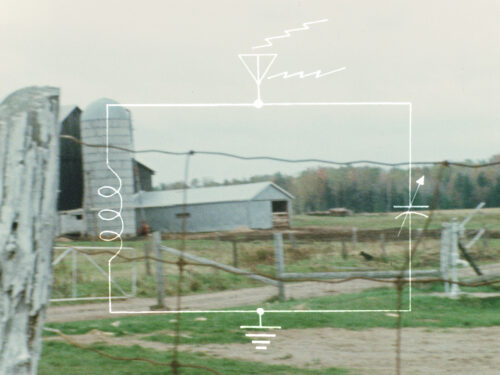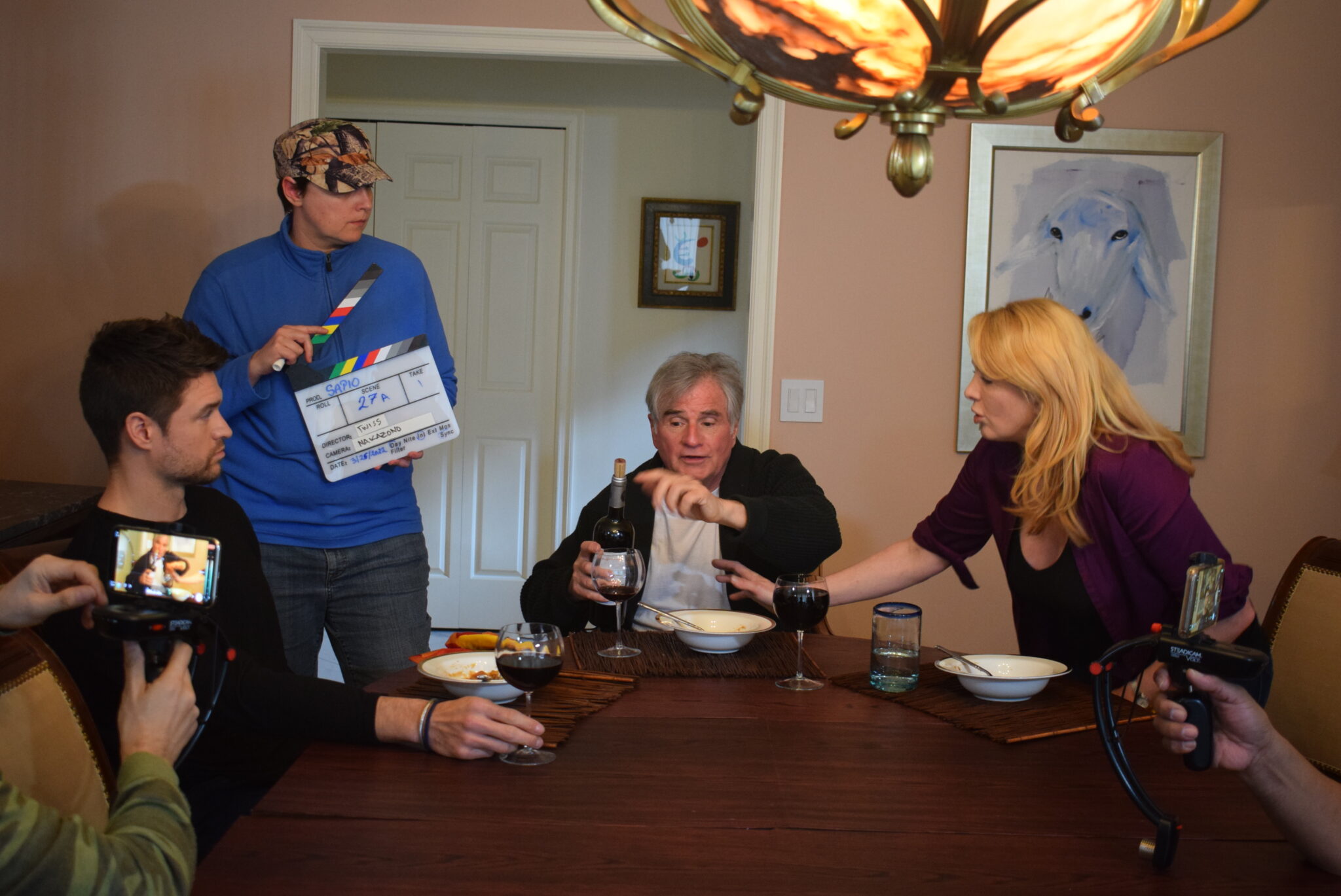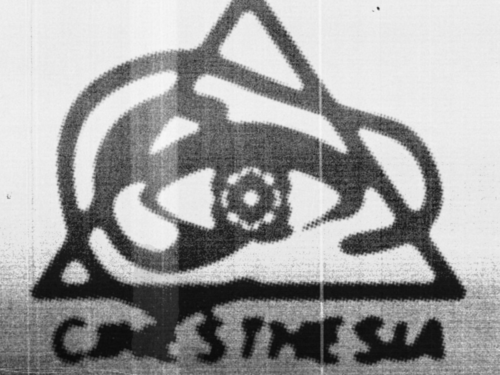Produced by Shaw Brothers at the height of the slasher era, Human Lanterns is a martial arts film, a revenge/betrayal film, and a grisly horror film about lanterns made from human flesh
If you believe the legend, the greatest material to craft a lamp with is human skin. The way the light permeates through thin, flexible flesh creates a soft and brilliant radiance that no material on the planet can match. But, Ed Gein aside, no one would actually make a lantern that way, right?
Then again, all legends have their origins.
At the heart of director Chung Sun’s 1982 martial-arts horror film Human Lanterns is an annual lantern competition in a Chinese village. The Masters of the village are engaged in a bitter feud to outdo one another, and as their not-so-friendly rivalry further sours, the contest drives them to unimaginable lows. Fueled by the desires to publicly humiliate their enemy and become the unquestioned alpha of the village, they both insist they will stop at nothing to win, which often boils into brawls in the streets. But just outside of town dwells a disgraced third rival who, when given the chance to wreak havoc on the others’ lives, will toy with them in monstrous ways.

Master Lung (Tony Liu) is the younger of the rivals. He’s boastful and every motion brims with arrogance. His smirk is omnipresent. He knows he looks good and is an undefeatable swordsman in combat. That energy emanates from his eyes and shows in his every step. He glides more than he walks. His nemesis is Master Tan (Kuan Tai Chen), who presents himself as the gentleman of the village. He throws lavish parties and acts as a man of the people. He’s also the type who’s not afraid to hire an assassin then kill him when he fails to carry out the hit. His elegance clashes with Lung’s brash energy. Unlike Lung’s lone-wolf style, Tan travels with an entourage, has strength in numbers, and the police constable on his side.
Early in the film, Tan hosts a party to give a sneak peak of his contest lantern. Lung sees the ante has been upped. In addition to unveiling the lantern, Tan also introduces Yen Chu (Linda Chu), a prostitute who is also Lung’s not-so-secret mistress, as the newest member of his entourage. This leads Lung and Tan into a fight and brings the film’s dark fantasy elements to the fore. With its wuxia style combat, Tan floats across impossible distances and often uses a fan with concealed blades as his weapon of choice. Throughout the film’s battles, Lung flips with ease, bounces off lily pads, and defeats hordes of challengers without so much as a heavy breath. The camera maintains a focus on the fighters’ faces. This allows the film to take delight in showing both the joy and misery its actors provide, particularly the latter as Human Lanterns progresses.
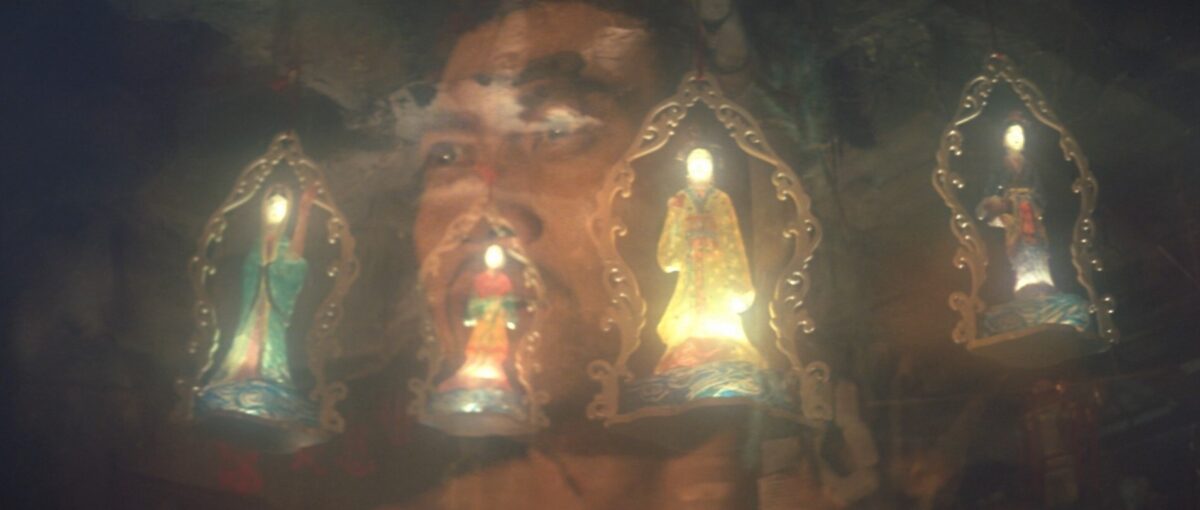
The third nemesis is introduced after the party. Lung is told to find a lantern maker living on the outskirts of town. In the isolated home is Chao Chun-Fang (Lo Lieh), a disgraced craftsman whose work will be costly but unbeatable. Chao quickly becomes the film’s center of attention. Outcast seven years prior after Lung defeated him in a sword fight for the right to marry Madam Chin (Ni Tien), he has retreated to the margins of town where he quietly lives in isolation. Lung disfigured his face in their fight as a show of disrespect. When the chance for revenge walks into his life as Lung chummily slaps him on the back, the opportunity is too tempting to deny. Chao immediately begins a plan that is conniving and cruel beyond measure. With a chance for redemption and friendship by Lung, Chao seeks to expose every rivalry and tangled social web in Lung’s life. His goal is to get under Lung’s skin — and steal some of his friends’ and family’s in the process.
Produced by Shaw Brothers at the height of the slasher era, Human Lanterns is a martial arts film, a revenge/betrayal film, and a grisly horror film. The battle sequences are exemplary. They are deadly dances that usually end with a character laughing maniacally. Everything in this film is pitched to the extreme; it jumps from heavy rains and storms to pristine scenery and a spotless village without a second thought. The film utilizes dualities and in doing so complements the wild mixture of genres. The emotional pivots are rapid and harsh; scenes of pure entertaining martial arts give way to nasty torture sequences without warning. No matter how beautiful things may be, the repulsive inverse is never far away. But that’s not to say the film is unfocused. On the contrary, its tendencies to swing harshly between near-comedy and horror are exactly what make the film memorable. As soon as it feels like a mood has been definitively established, the next scene tears into some strange converse territory, laughing maniacally all the way.

In this way, Human Lanterns is deceptively artful. The gnarliest shots are intricately crafted compositions that contain a malevolent sense of beauty. Even the blood-stained sets with flesh hanging to dry and disfigured female bodies tied to posts are framed with care. The film’s nastiness makes your skin crawl. It relishes in the grotesque — in both its violent images and the terrible morals of its leading characters — and works by the ideology that if human flesh makes the best lanterns, then shouldn’t the peeling of said skin be a ceremonious occasion, too? Chao’s workshop is a nightmare factory, but when a drunken visitor stumbles in uninvited, he gasps, first in awe, at Chao’s lanterns, then in horror as he finds the bloody pool of their red-dyed origins. The film works in the reverse: It shows us the awful process by which Chao wrings the beauty of his dismembered victims into his lanterns.
All of the male leads in the film are flawed and awful humans who want nothing more than victory and vengeance. This leaves open a path for redemption, which only one will begrudgingly follow. Lung is certainly the focal point, but to call him a hero would be a stretch. We’re given enough of a view of each character’s world to understand their intent, but not enough to fully back any of them. The mutual destruction unfolds until the evil spirals out of hand and causes warring factions to join together. Thus, as the battles unfold, we’re left to simply root for the fights to be gravity-defying spectacles.

The undeniable star of the film is the high-flying, long-furred “monster” in a skeletal white mask with locks of harshly juxtaposed red and orange hair. Chao inhabits the costume and transforms into the creature as he begins abducting women close to Lung and Tan for their skin and scandal. His movements are lightning fast, a freak athlete on a destructive spree. Chao’s presentation changes throughout the film. In an early scene, Tan’s sister sees him bathing in a pond, and he waves maniacally trying to entice her to join him. It’s a laughable sequence designed to make him appear as nothing more than the crazed artist who lost his mind living alone for years. But as soon as the costume goes on, the cameras film him with a terrified awe. When he storms into the brothel to kidnap Yen Chu, his movements are blindingly fast. He also acts the part of a monster when he repeatedly peeks up her skirt and laughs like a guilty toddler. Among the most stunning sequences is when he attempts to capture Tan’s sister with a giant body bag while she hunts in the woods with a bow. They fly through the trees with grand jumps and rolls, with the body bag narrowly missing her. The costume consumes Chao and fuels his darkest creative impulses back in his workshop as he crosses the line of being both inhuman and inhumane.
Where so many horror films crumble as they attempt to add drama to the final act, Human Lanterns actually grows stronger as the web of hatred and deceit is sorted out. No one comes out a winner. The Masters are left looking shallow, exposed, and bloodied. Human Lanterns puts hubris in its place. As is so often the case, none of this would have happened had Lung simply listened to the advice of his wife to ignore Tan’s taunts. Instead, all of his swagger is replaced by sorrow. In the same way that he once disfigured Chao’s face in combat, Lung leaves the final battle with his smile permanently diminished. Chao fought with the desperation of having nothing left to lose, and in the process of exacting his revenge, he accomplished his goal to make Lung lose everything. At the heart of the film is a critique of excessive wealth. Chao is the only person who could topple the Masters’ social standing. His home is designed to self-destruct with a single well-placed kick, and as everything comes crashing down, the film coheres by bringing the walls down around its main characters. Lung may depart as the victor, but in doing so he’s transformed. On his way out of town, he asks the police constable to distribute his wealth among the people of his village. By seeing his life illuminated with the flesh of his relatives and venturing into the darkest depths of humanity, Lung realizes how wrong his life had become. He may have come away with the most beautiful lantern, but its glow is a cost of victory that he’ll never recover from.
Stream Human Lanterns on Amazon Prime
Purchase Human Lanterns on Blu-ray
Find the complete October Horror 2023 series here:
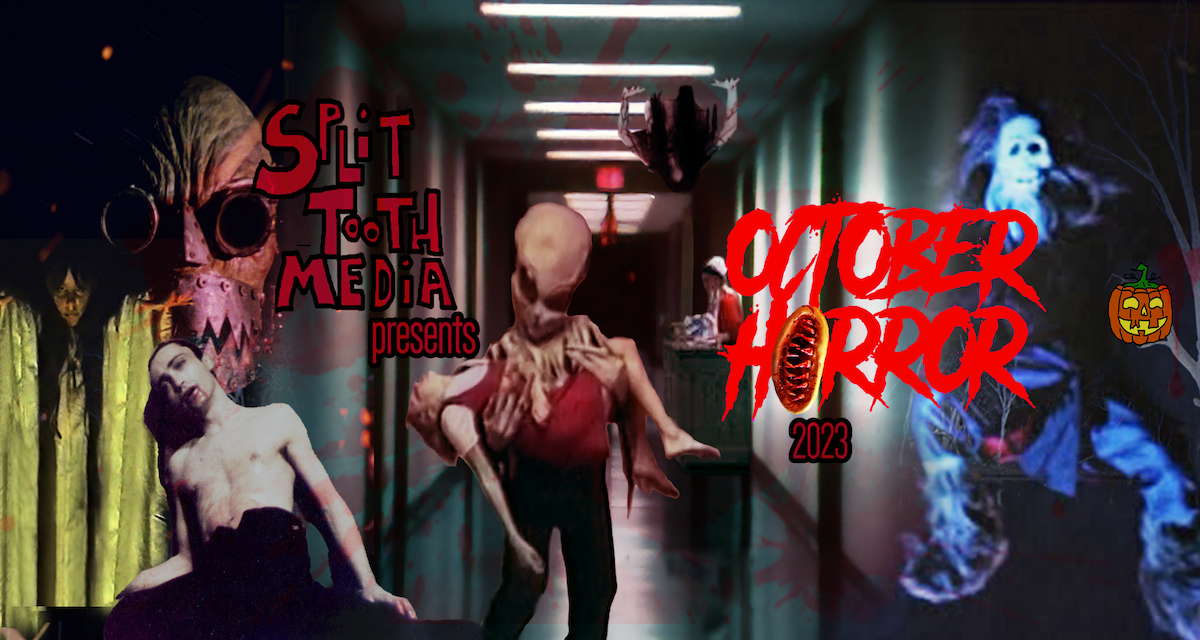
(Split Tooth may earn a commission from purchases made through affiliate links on our site.)

